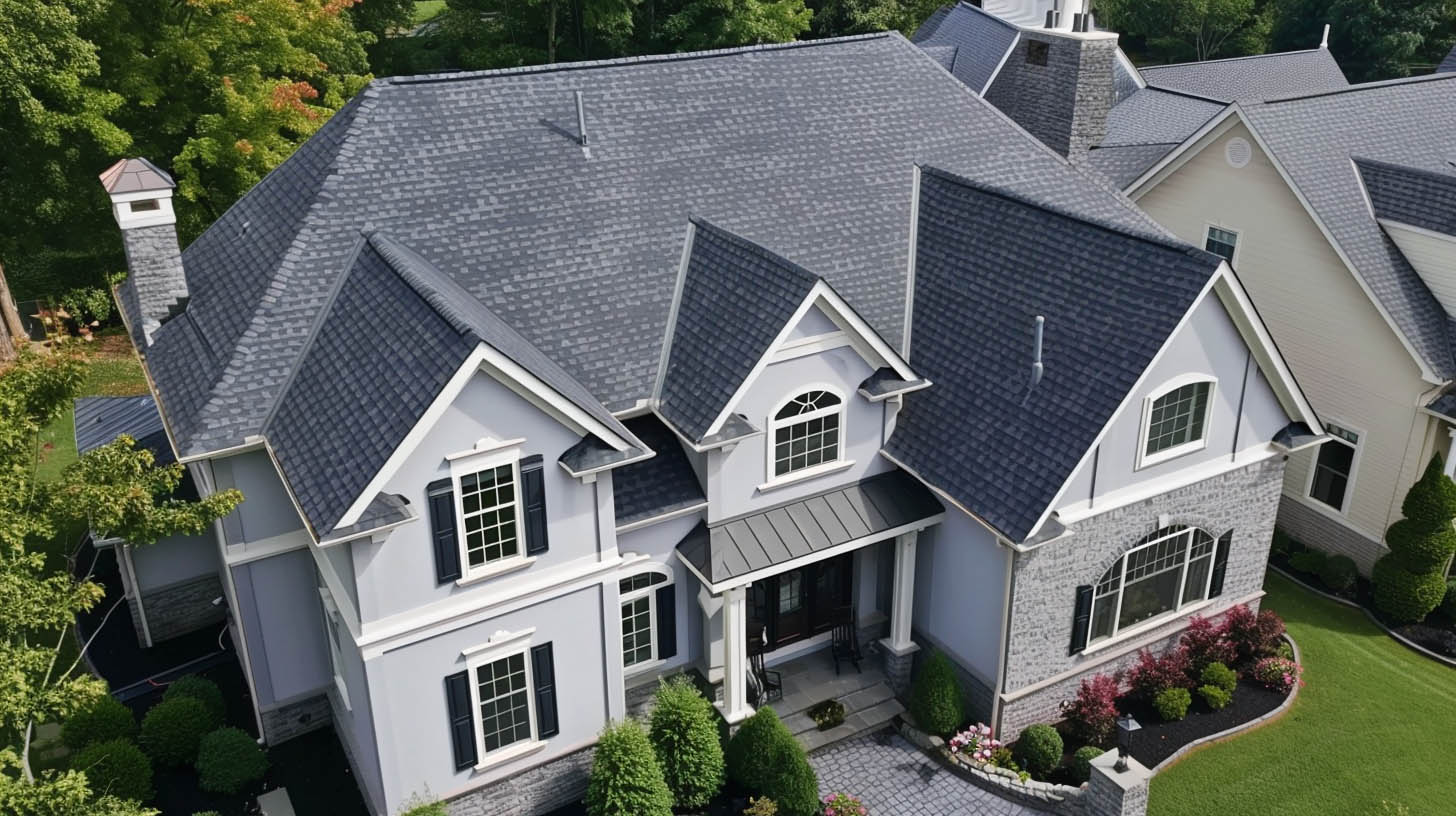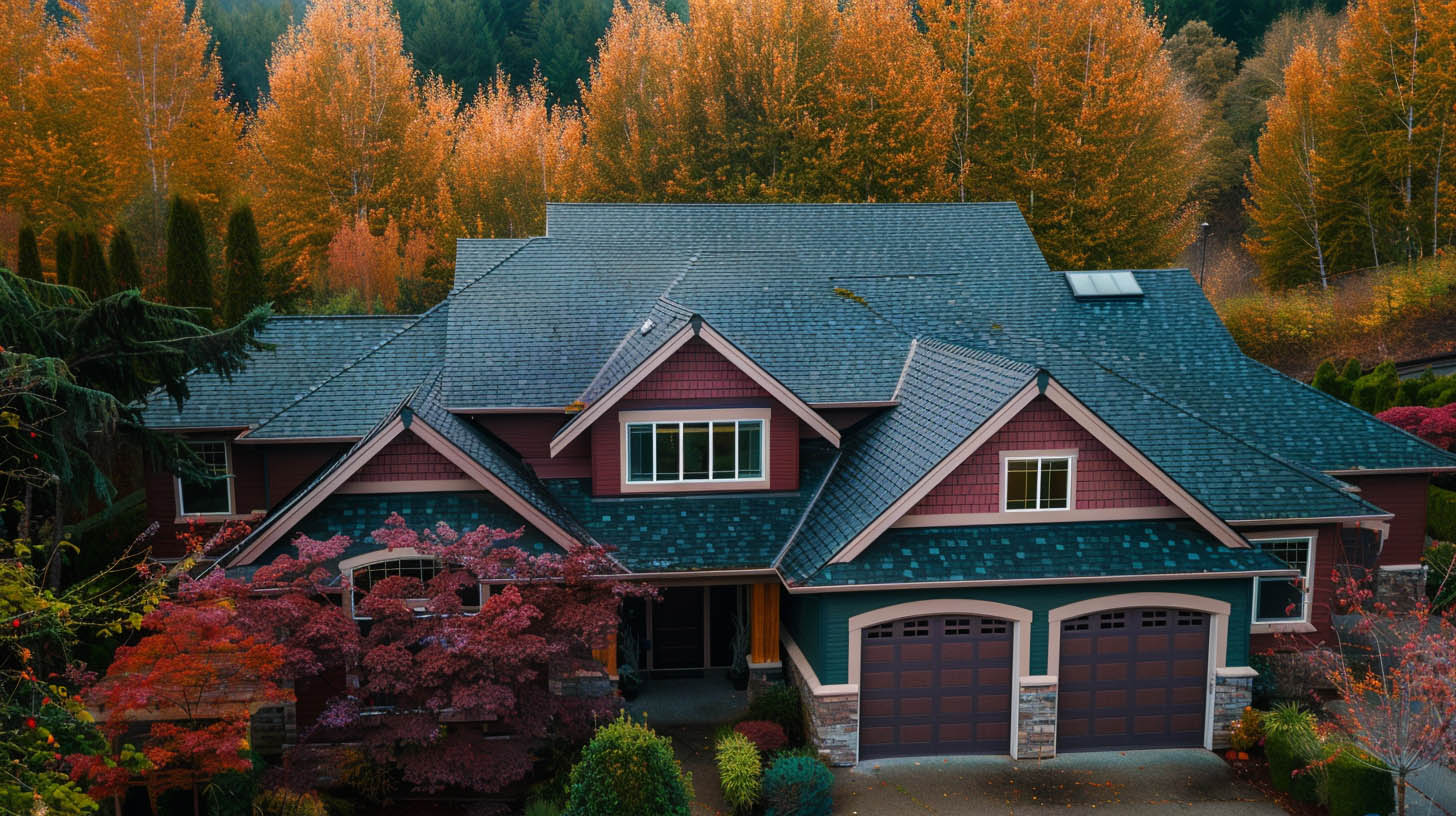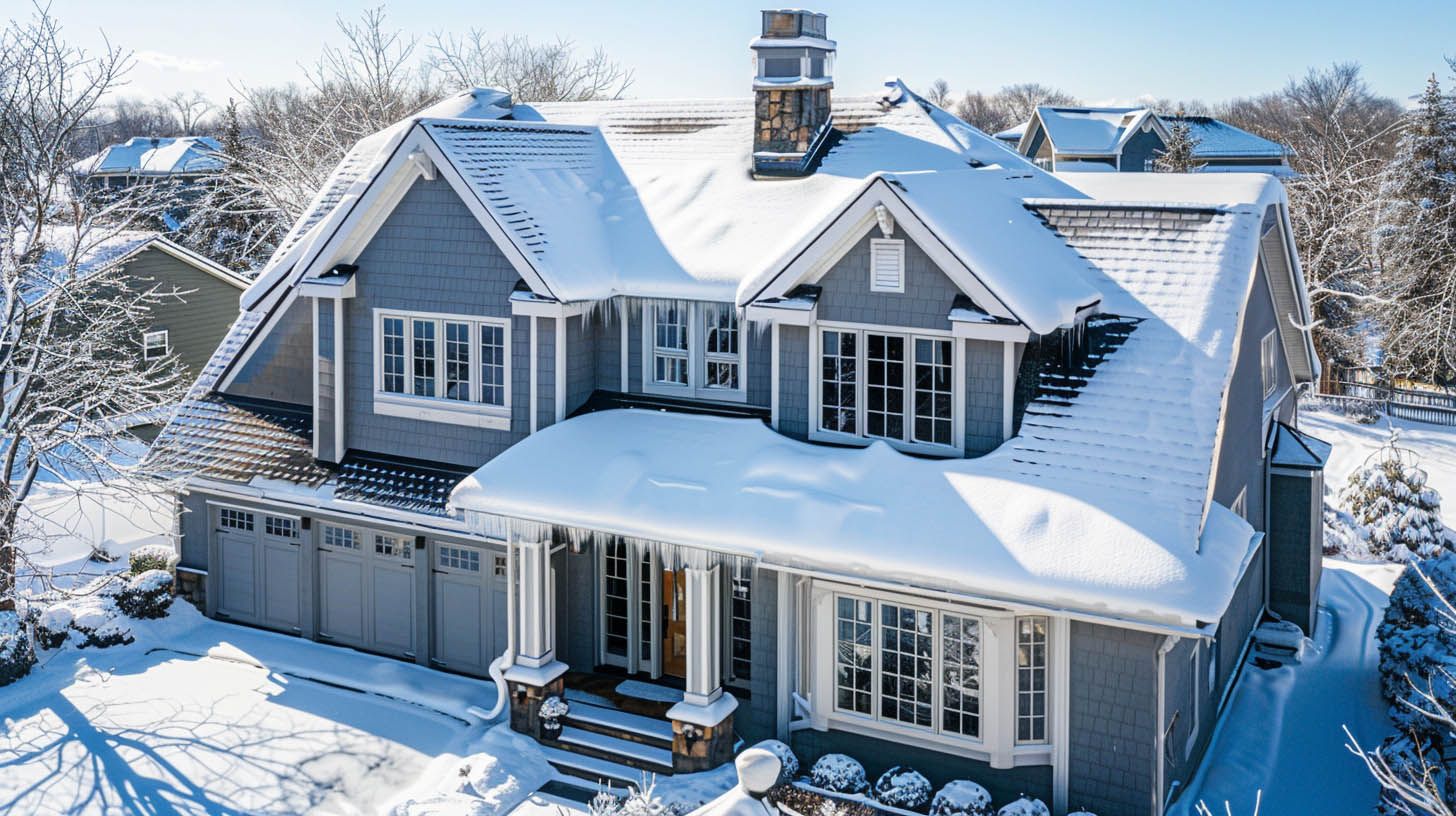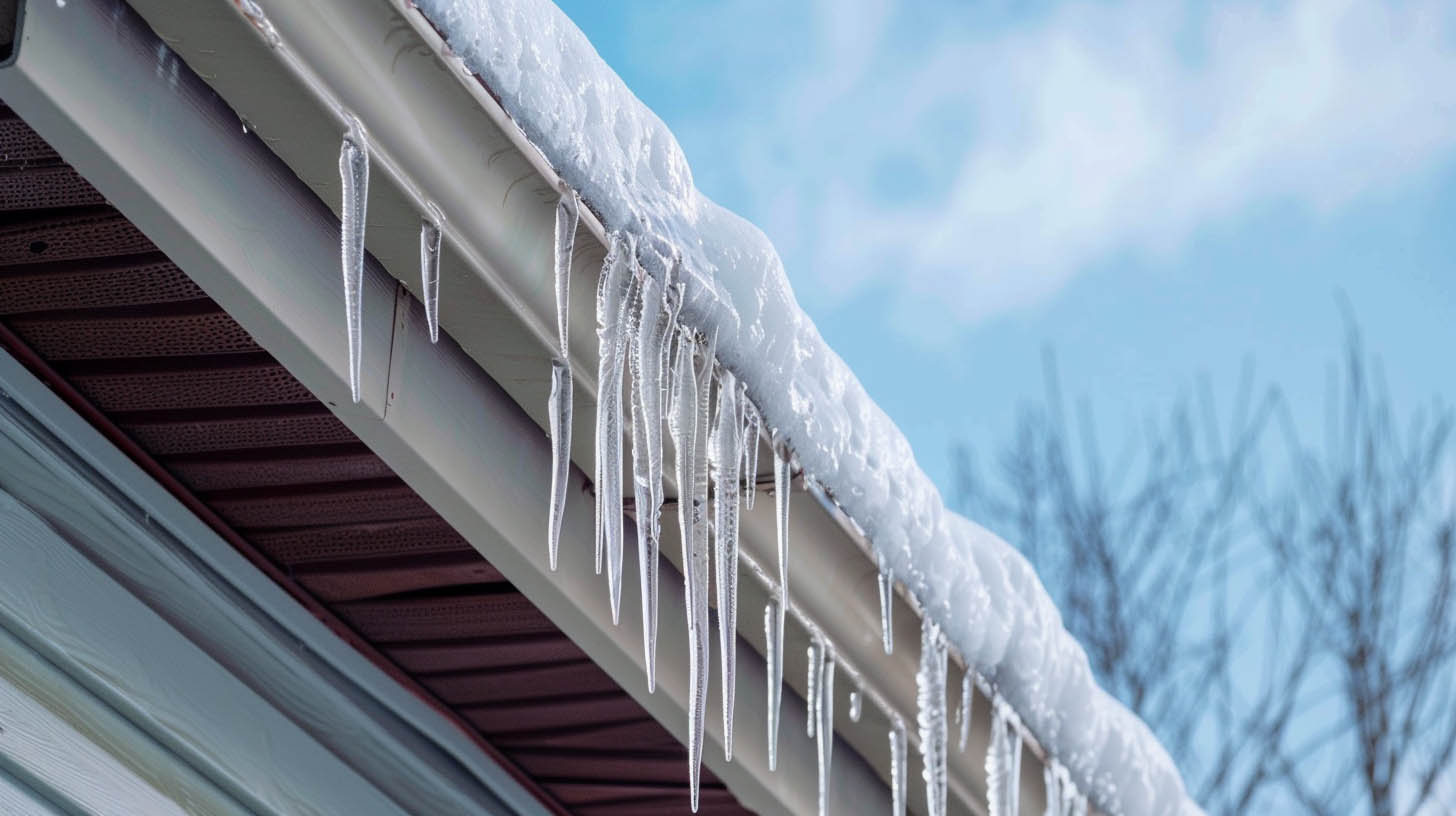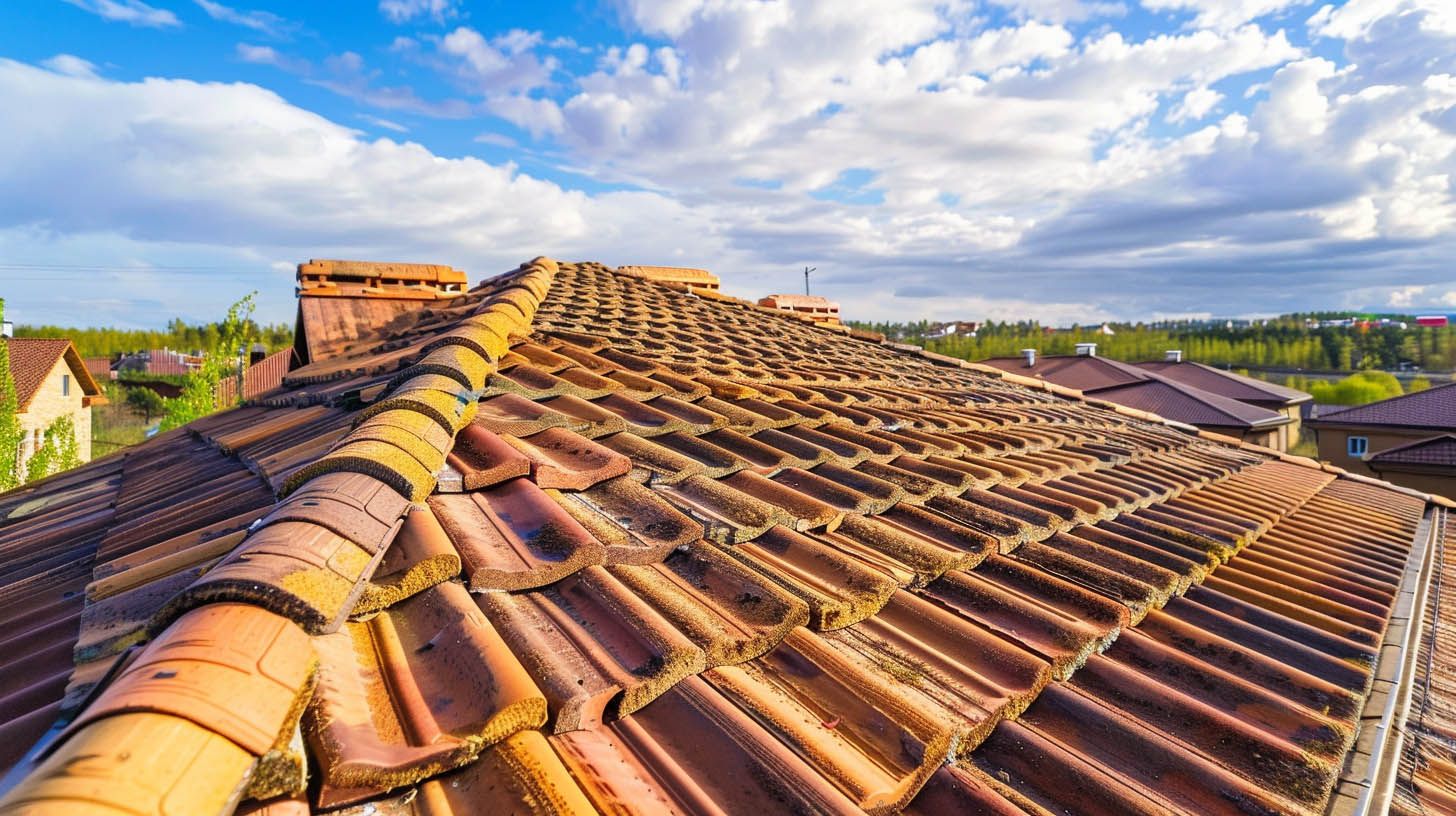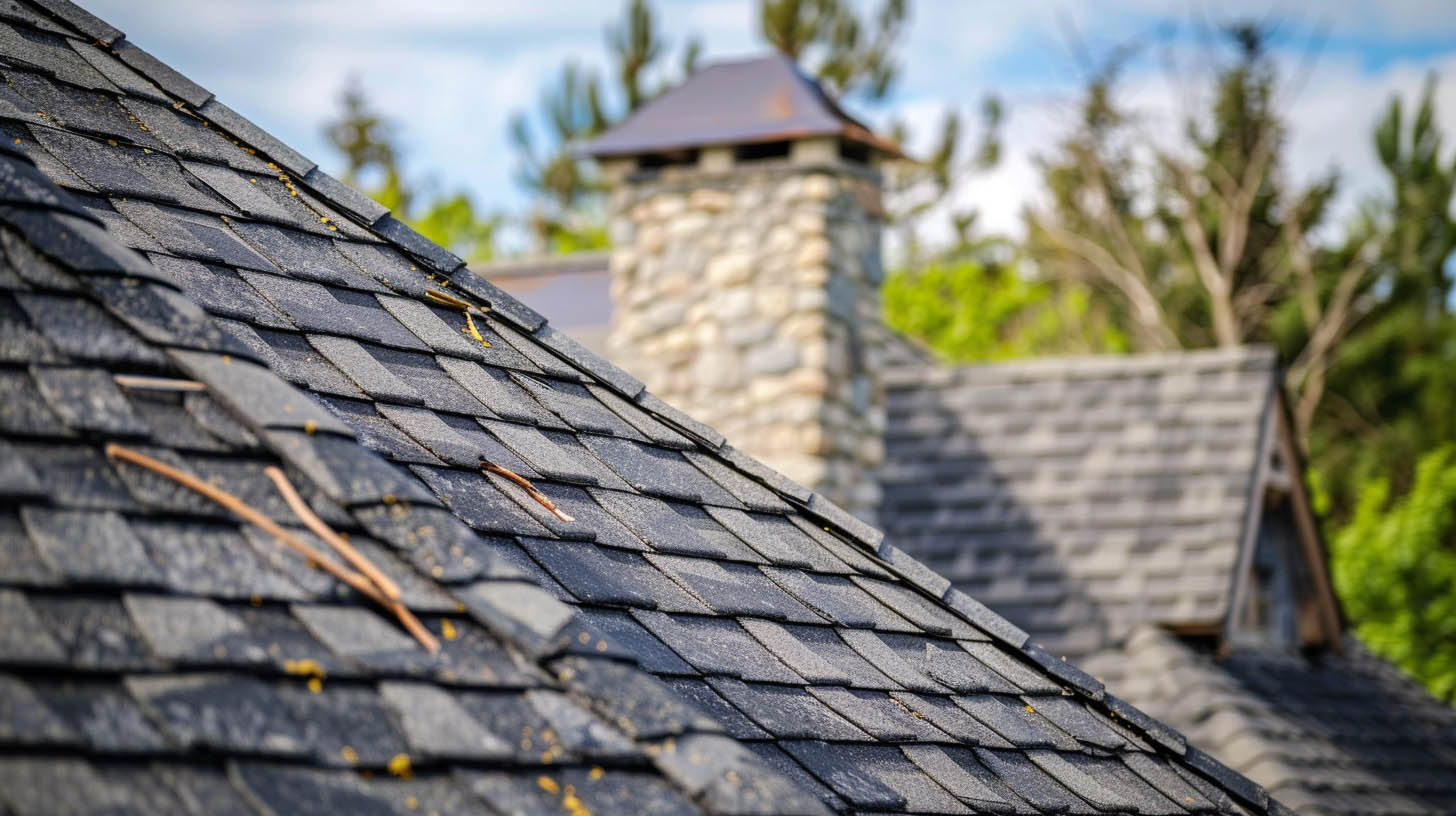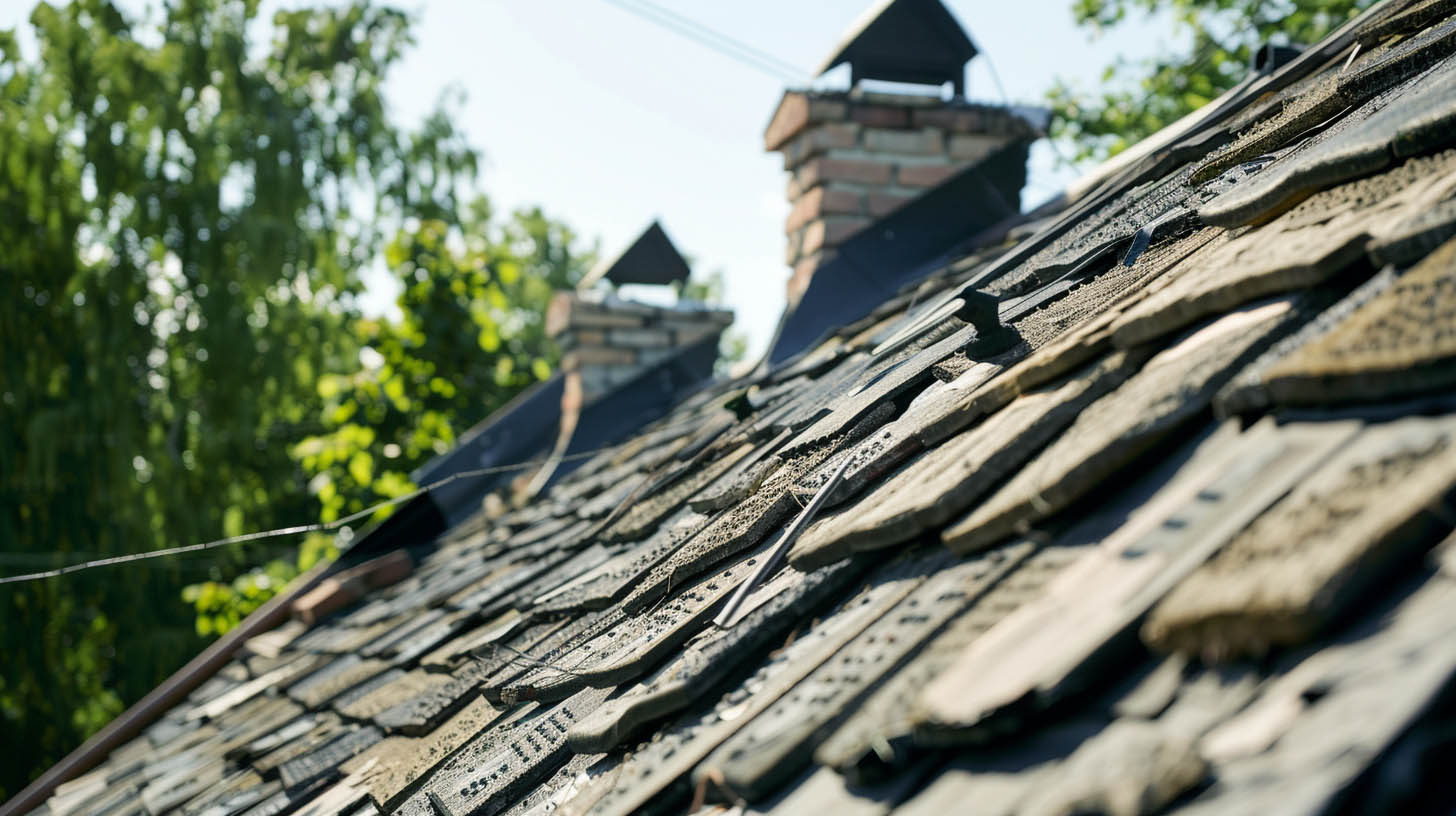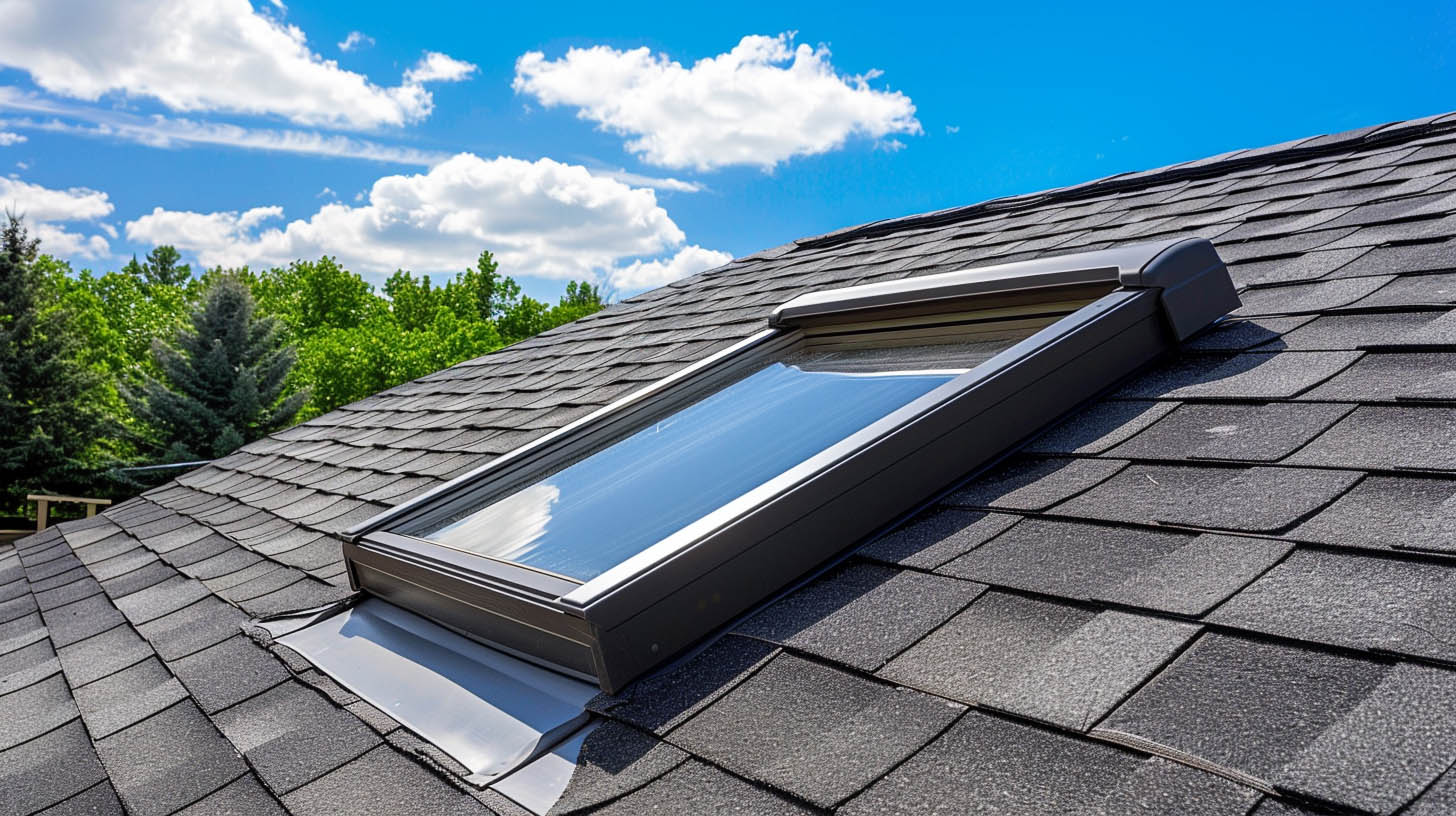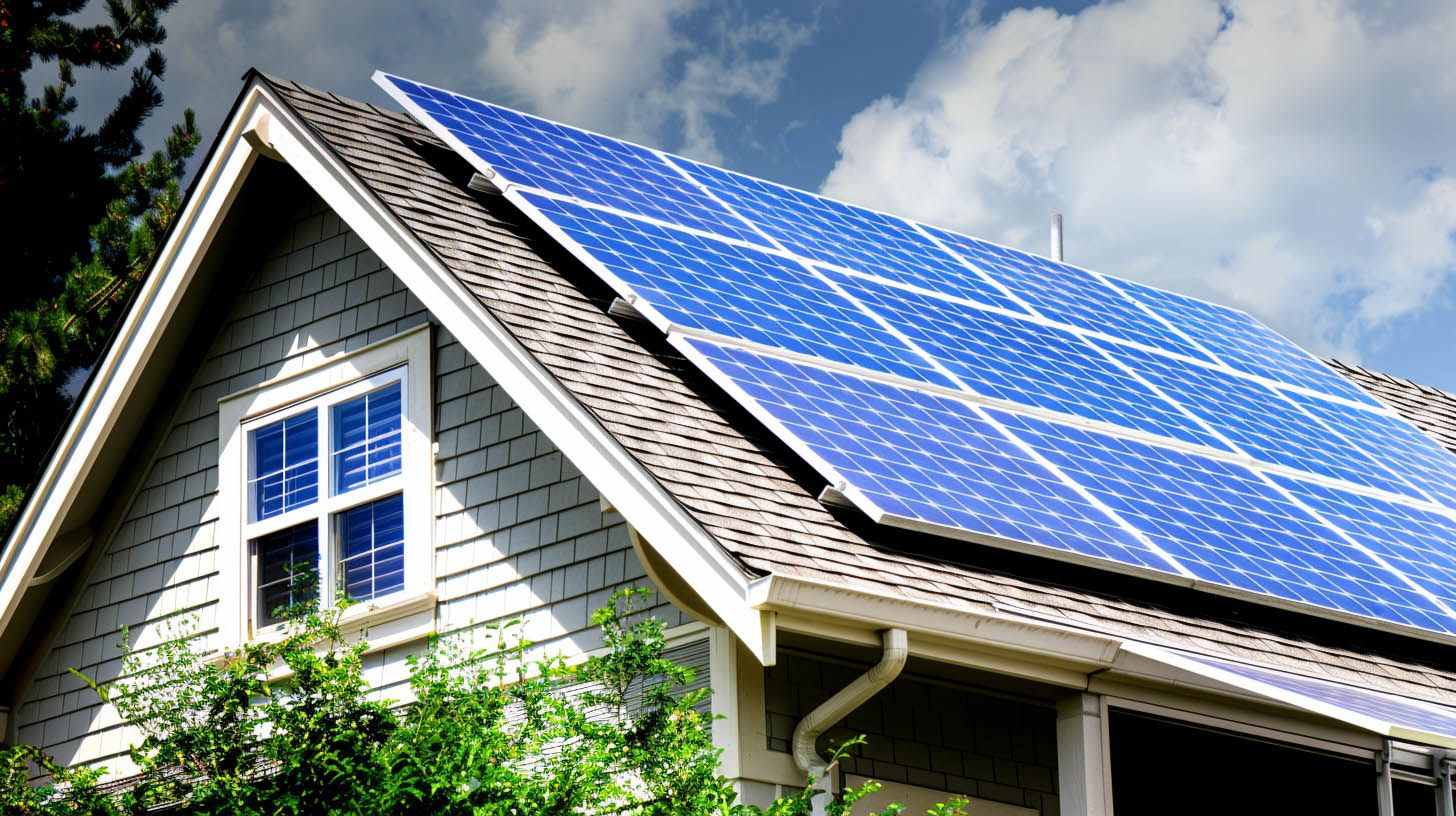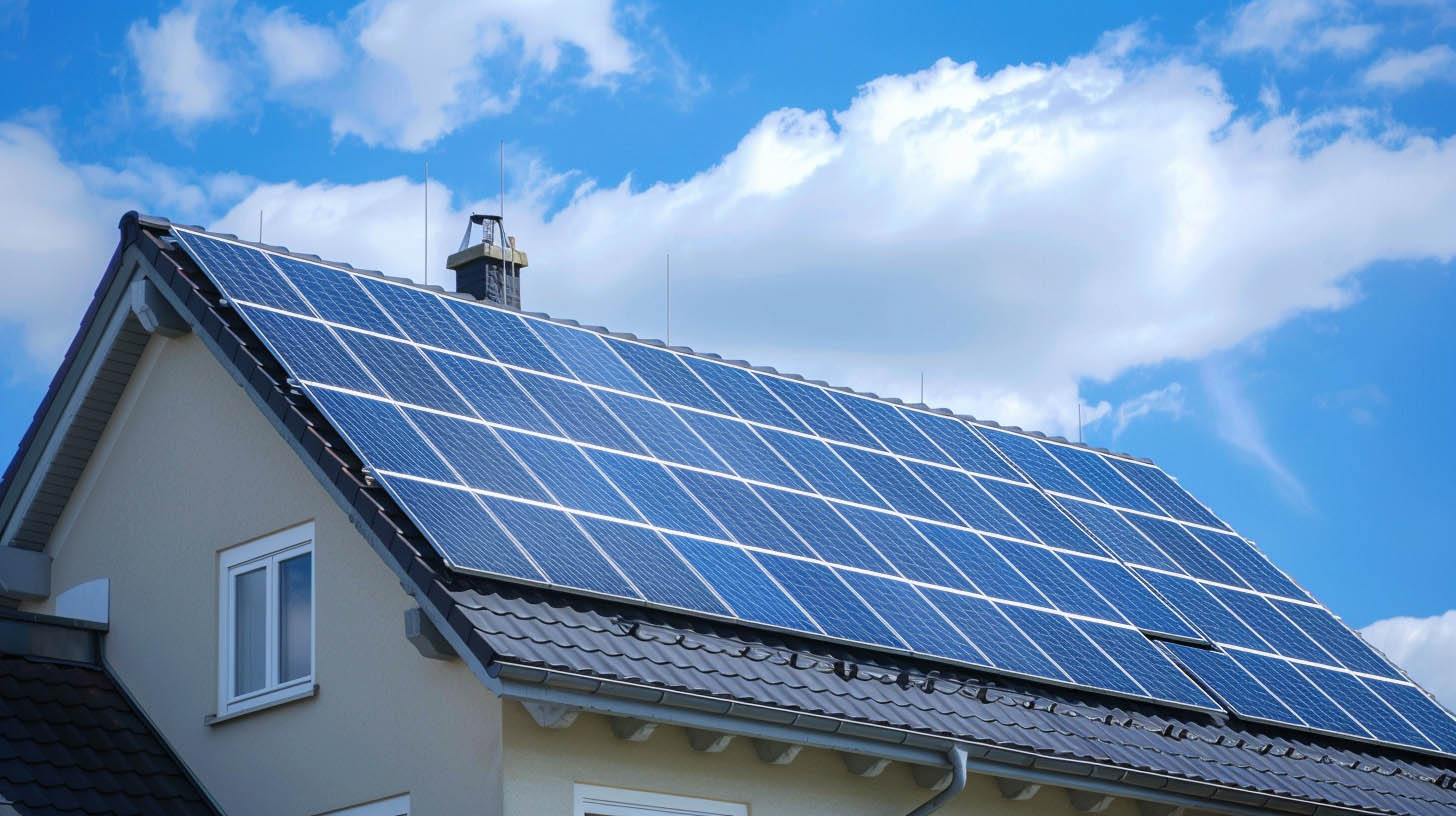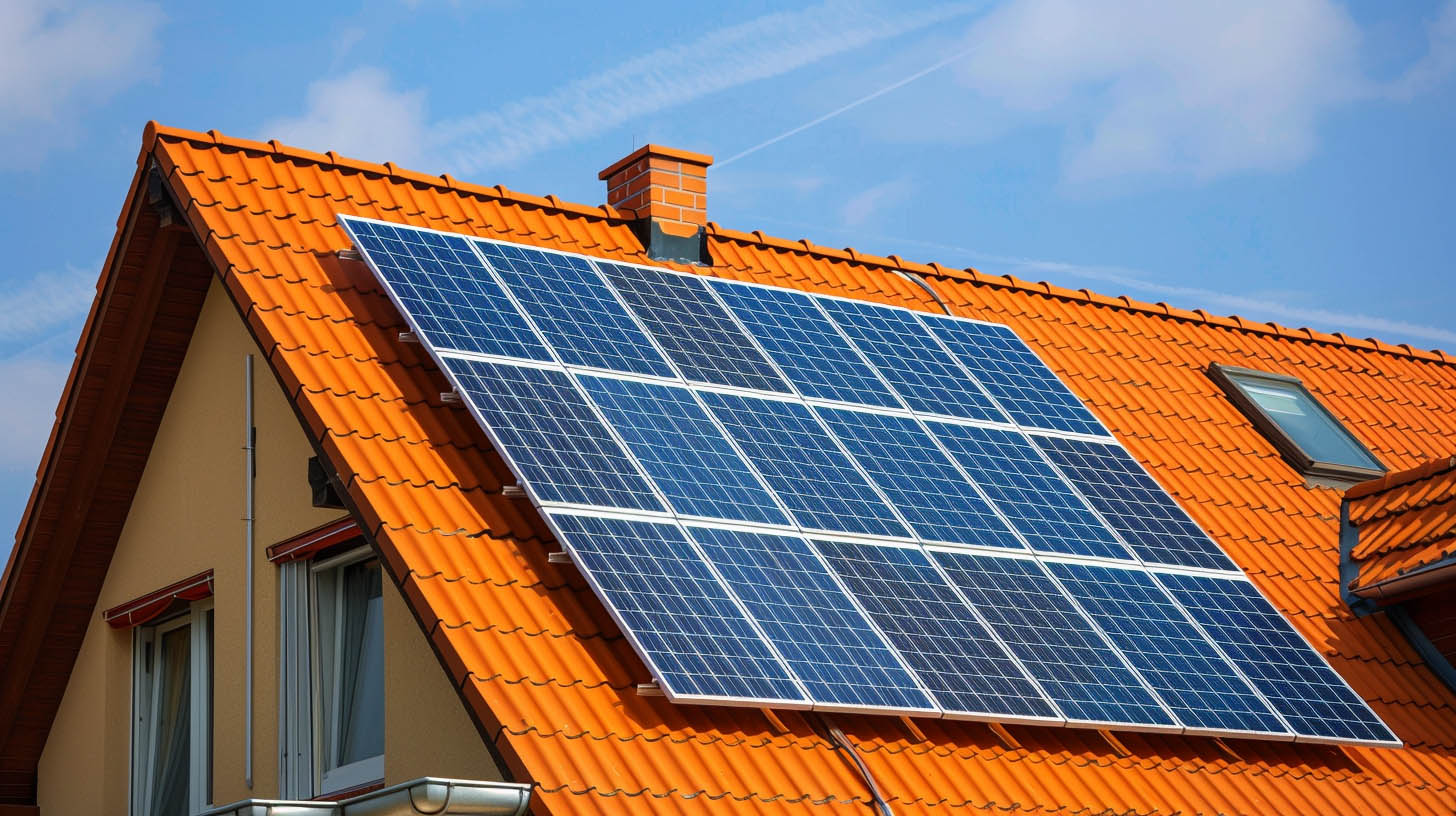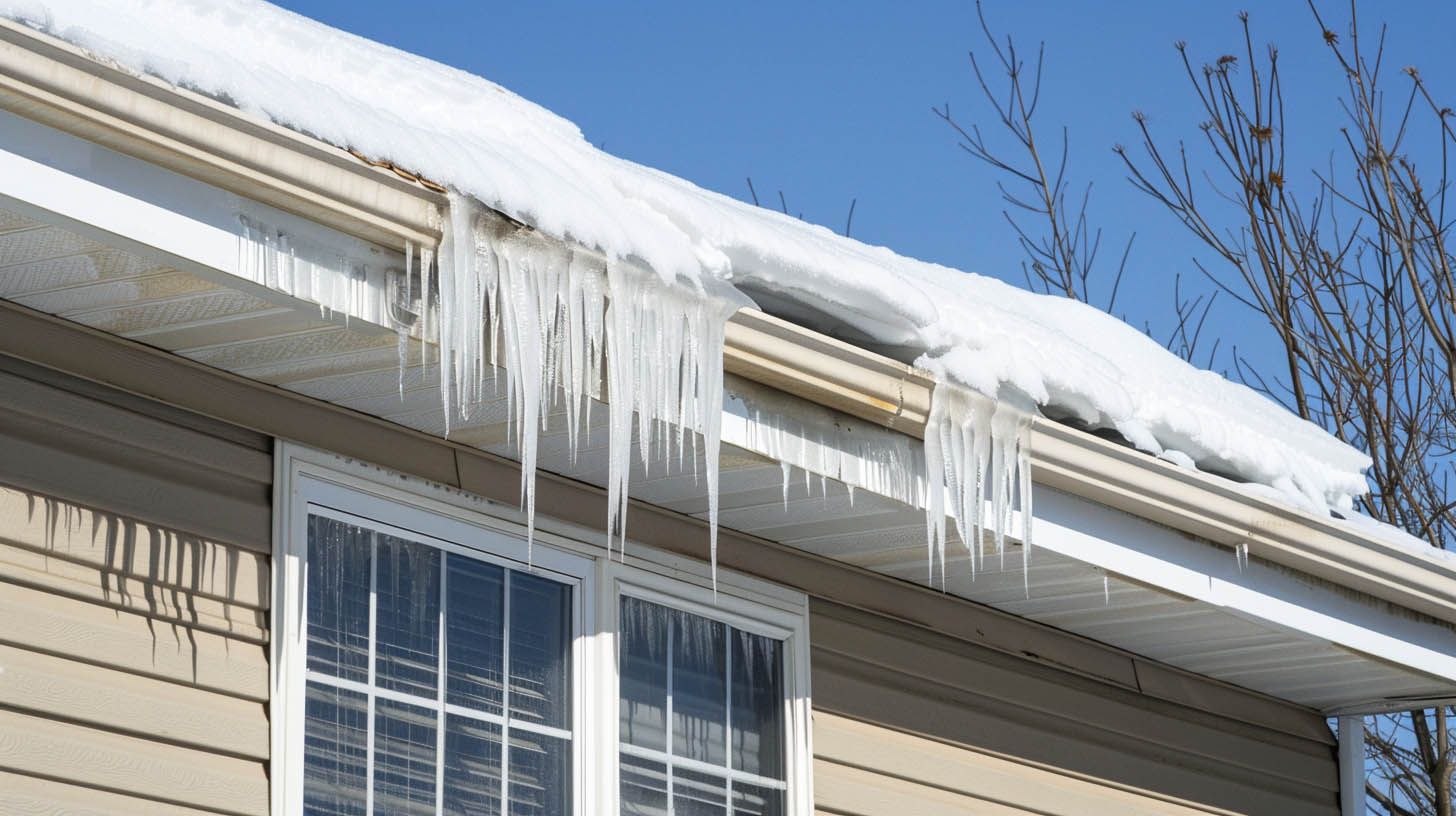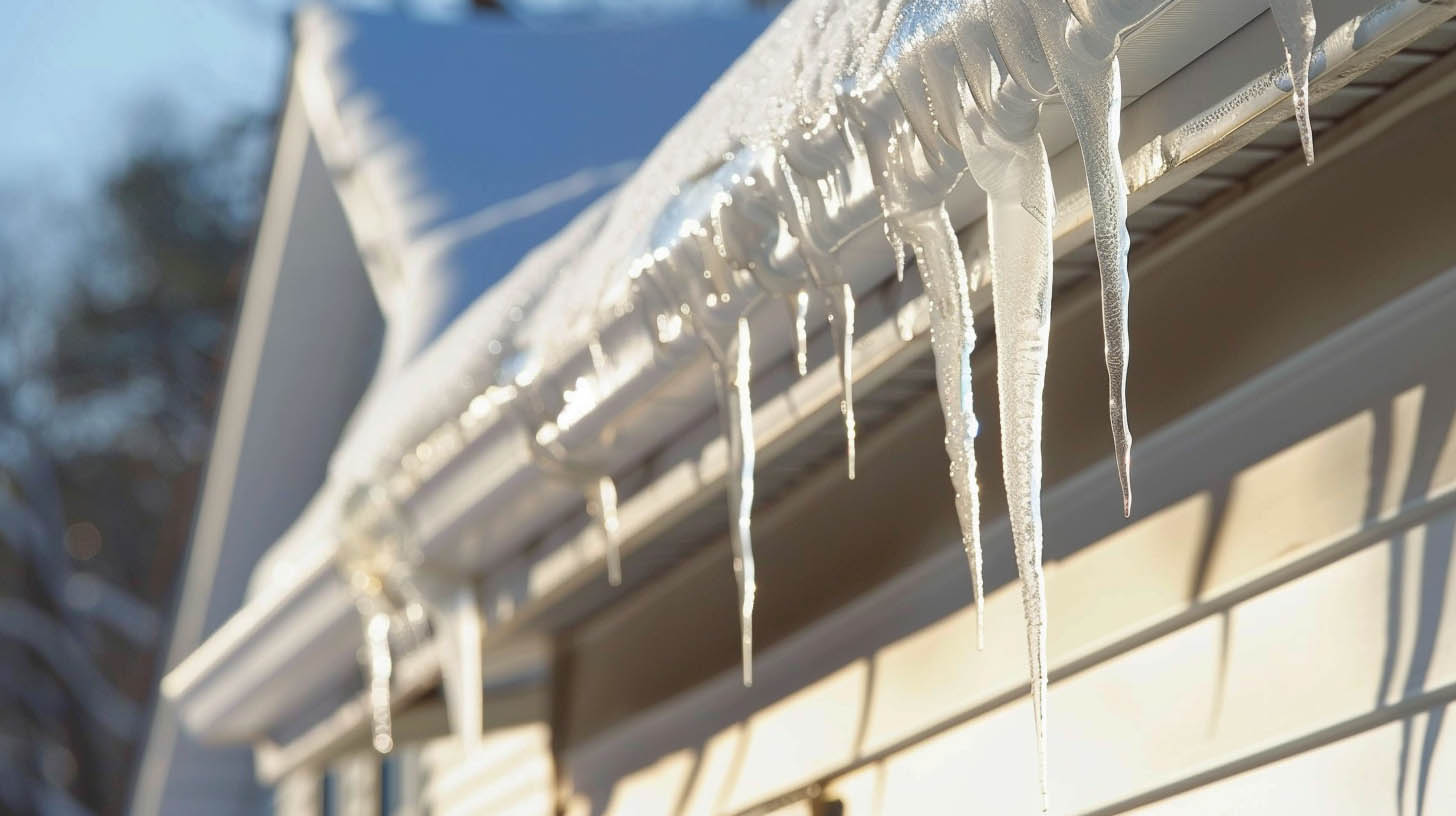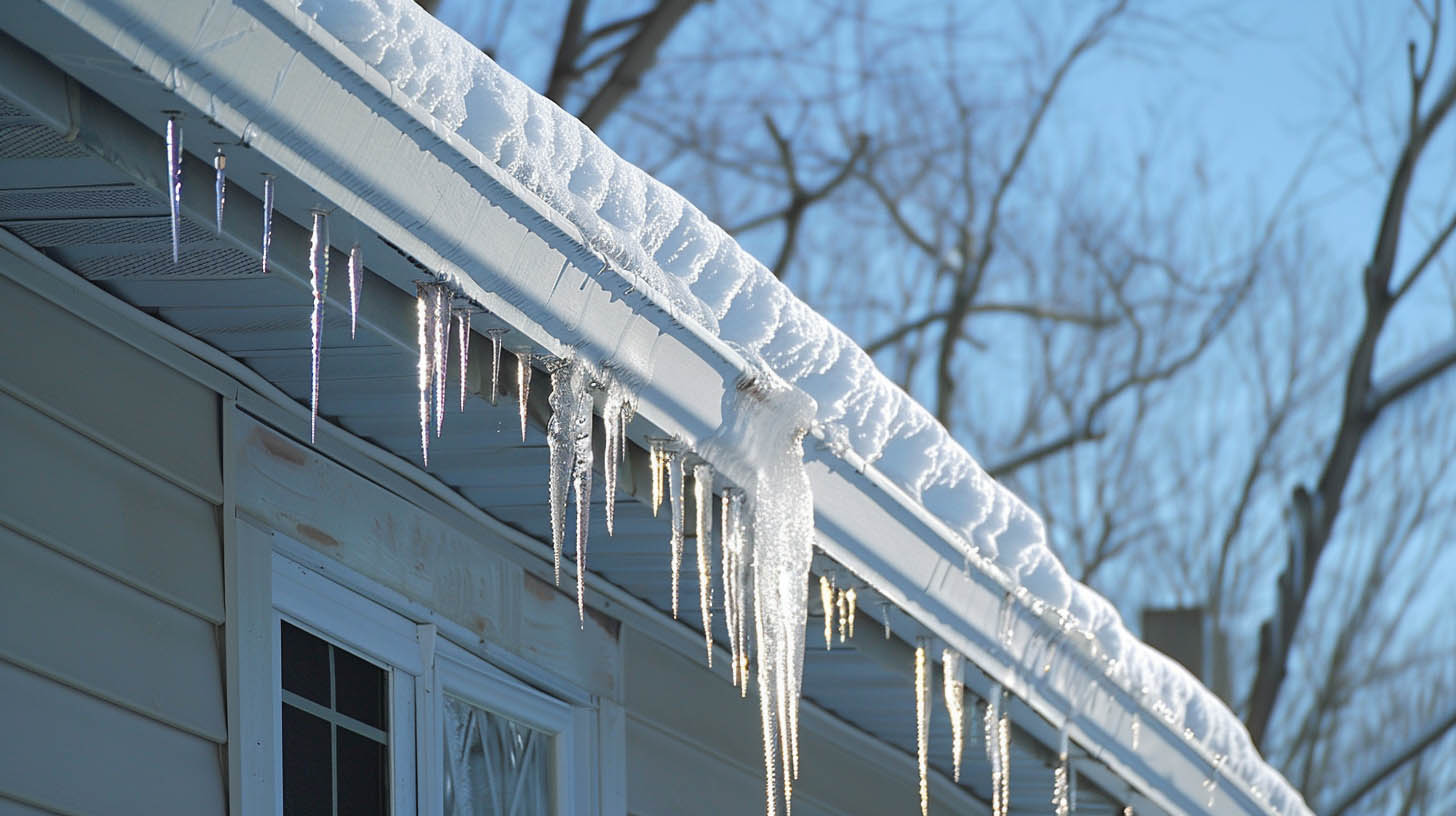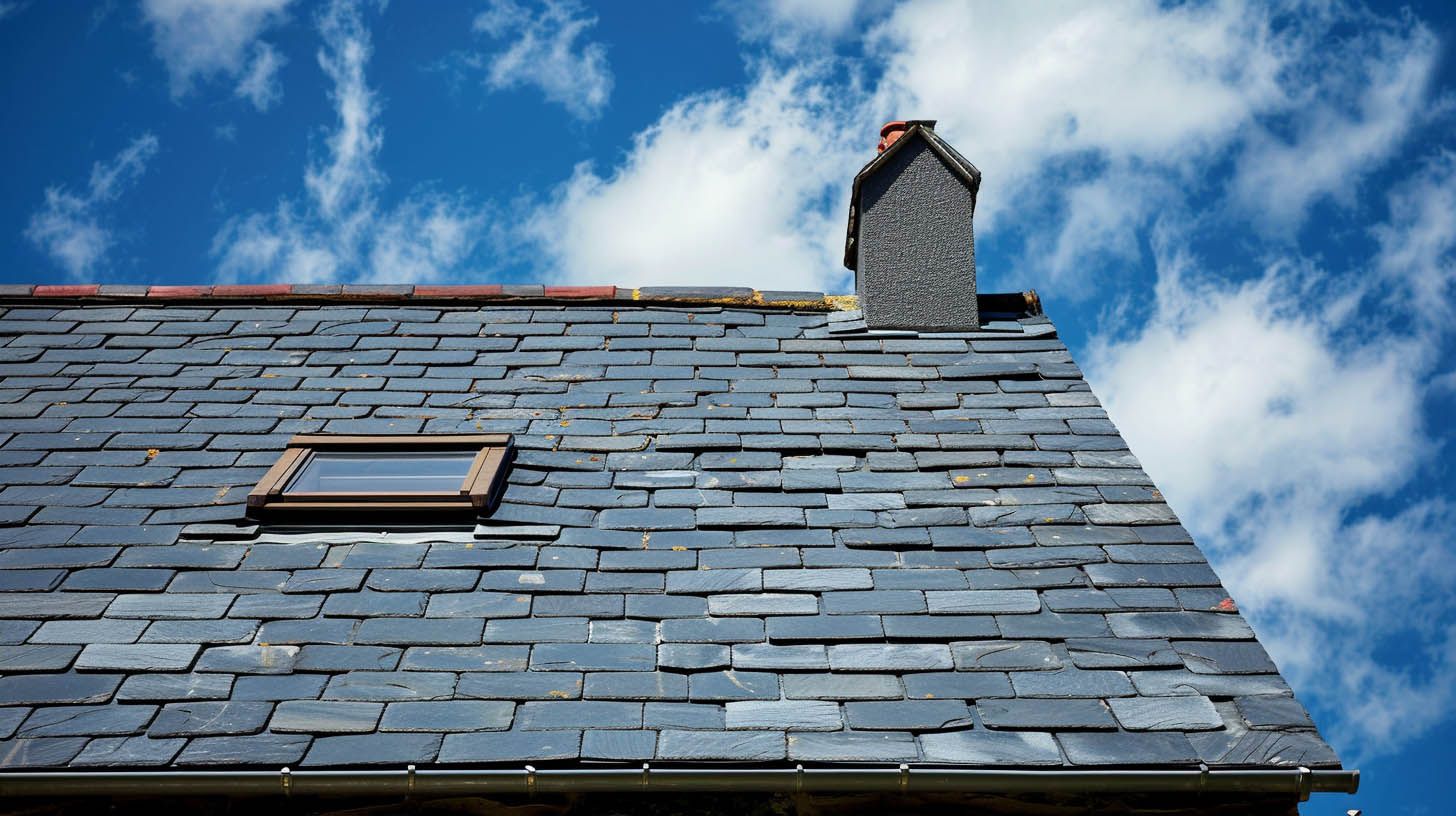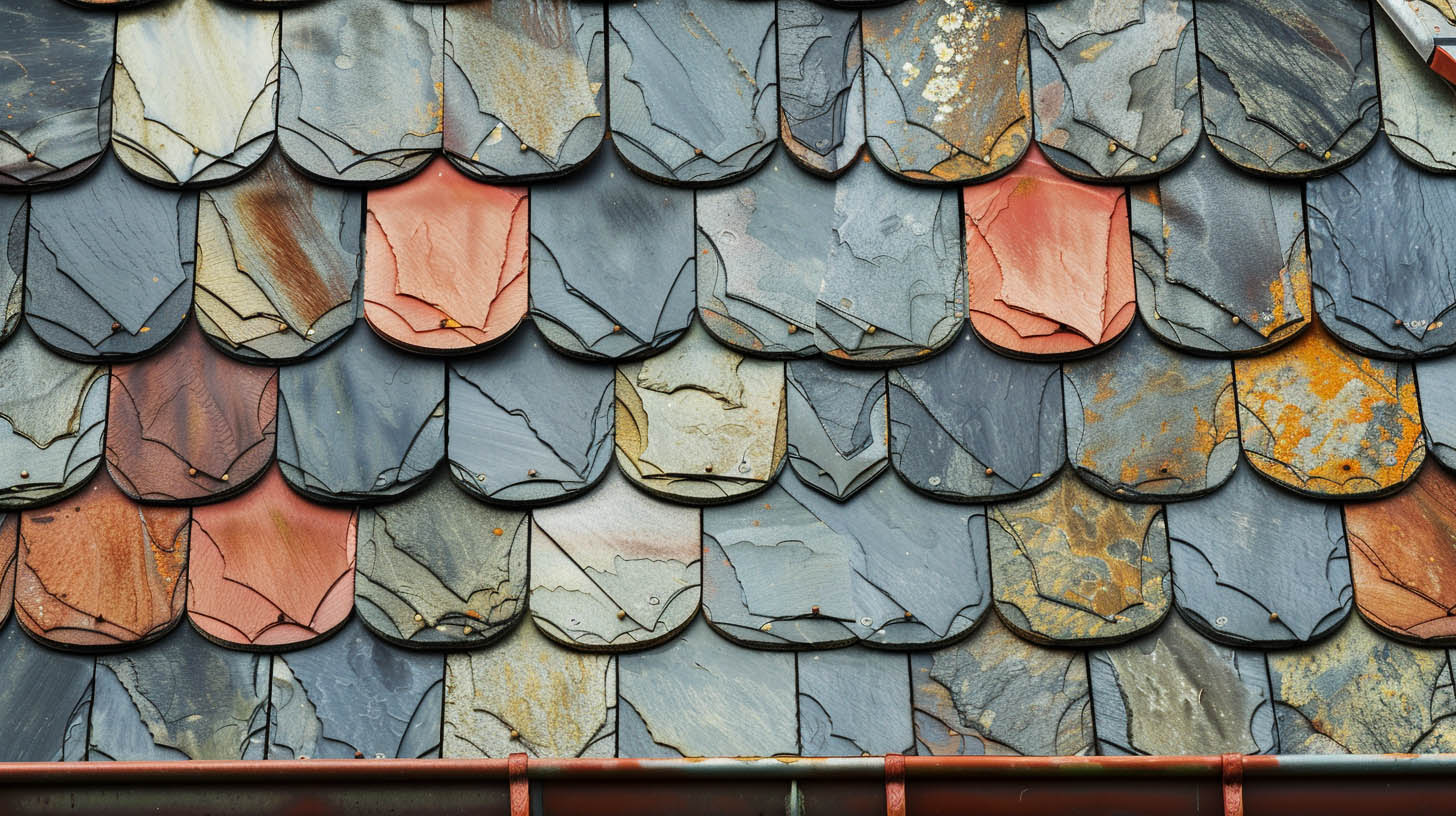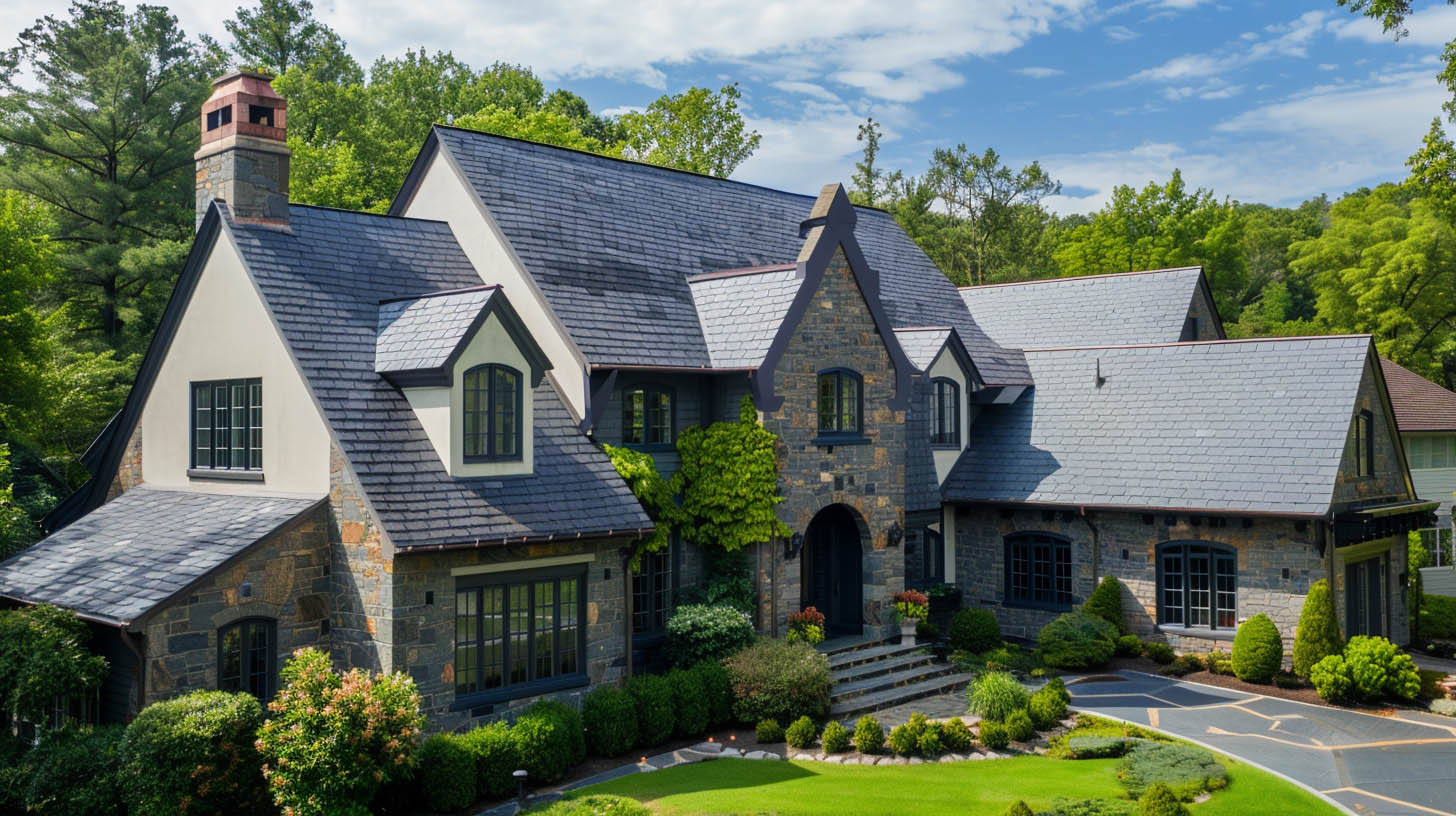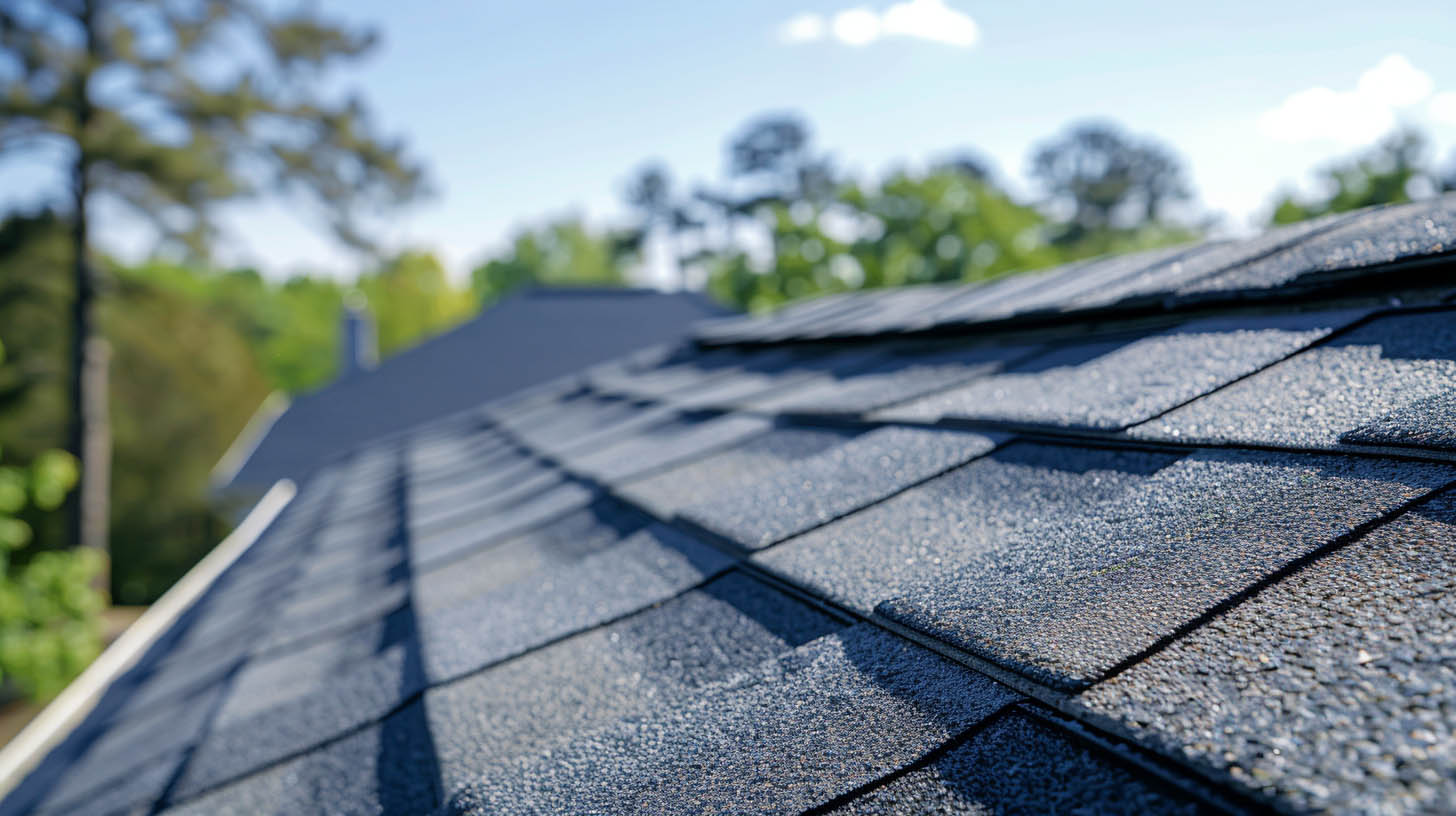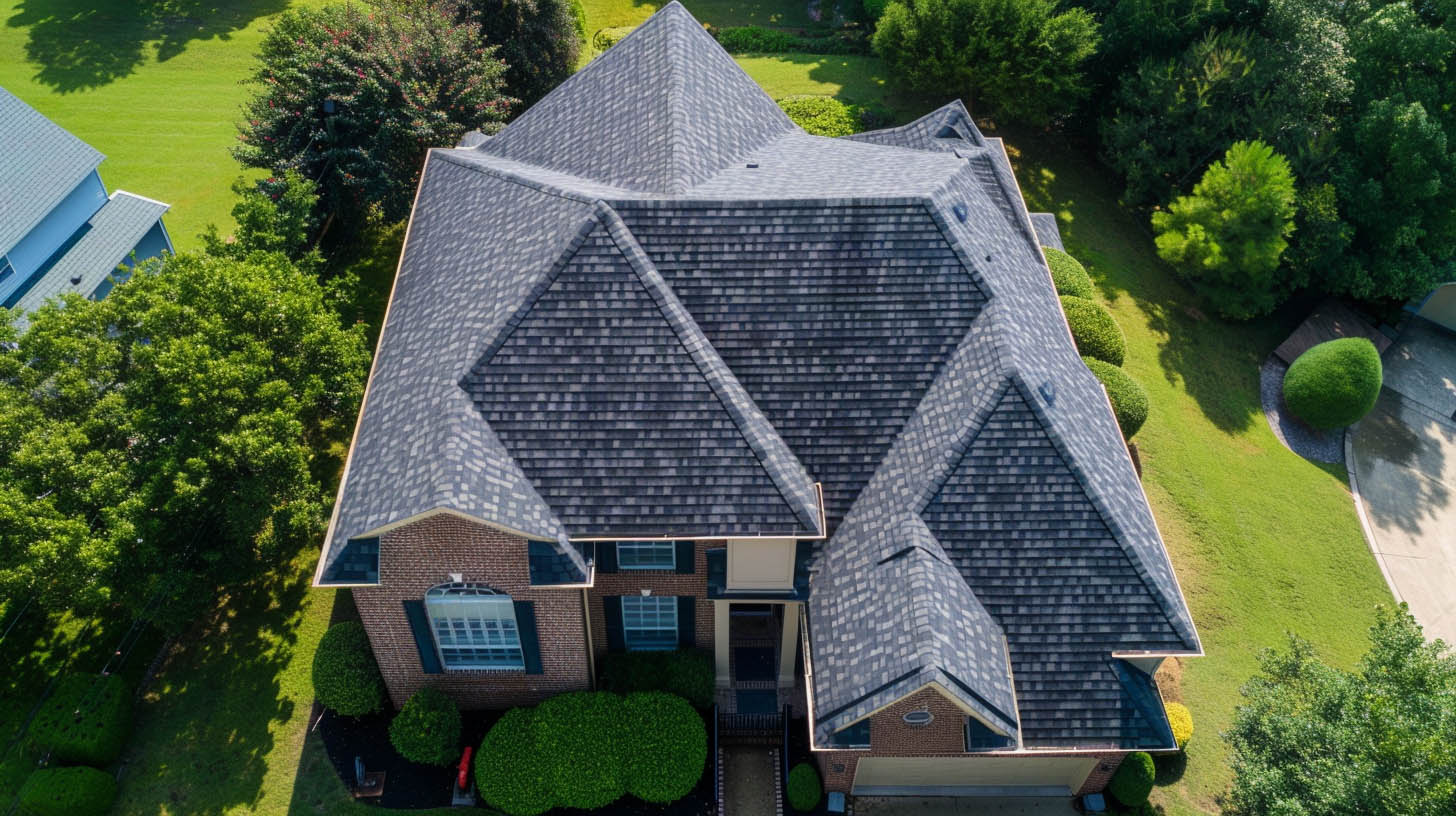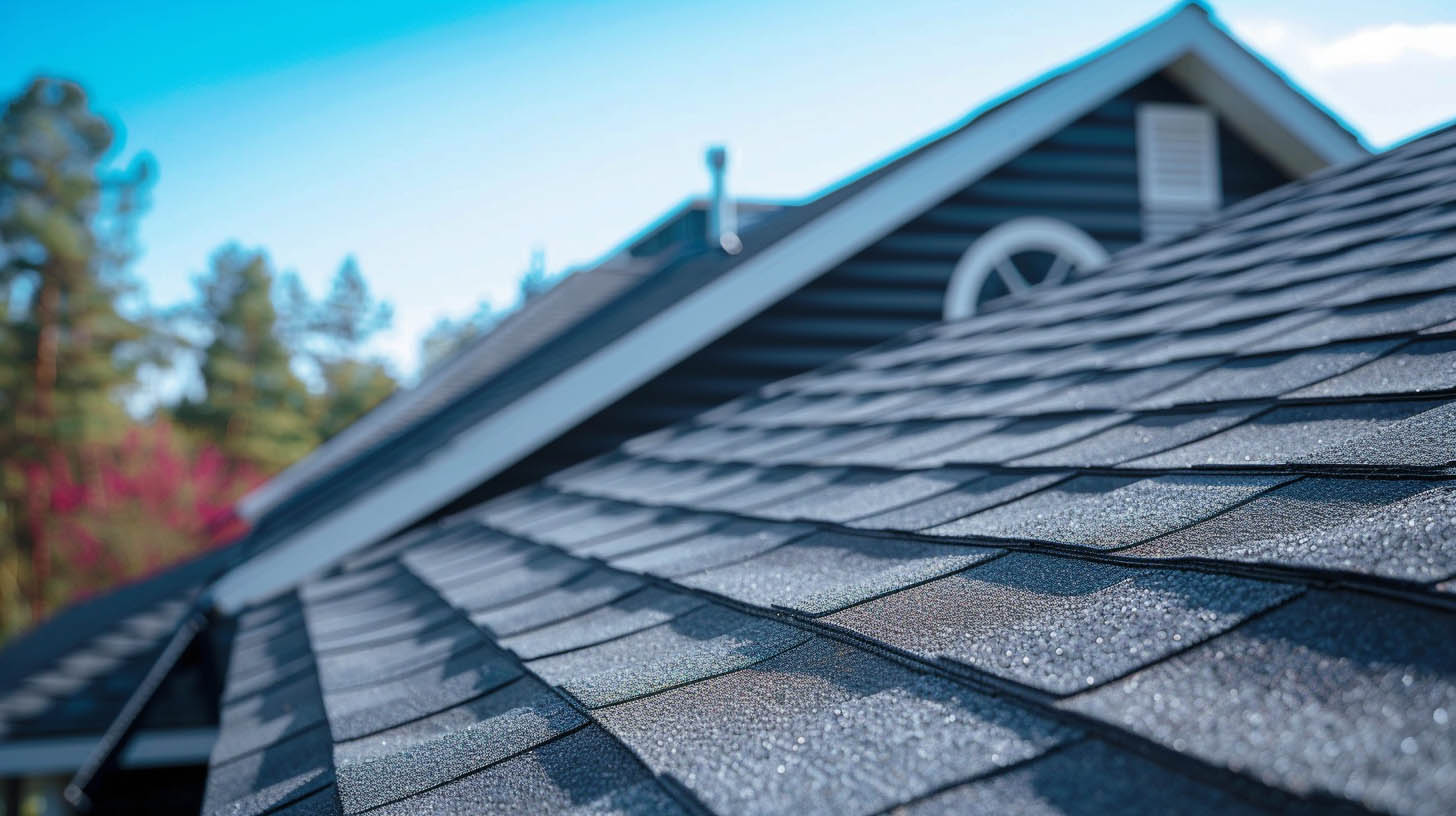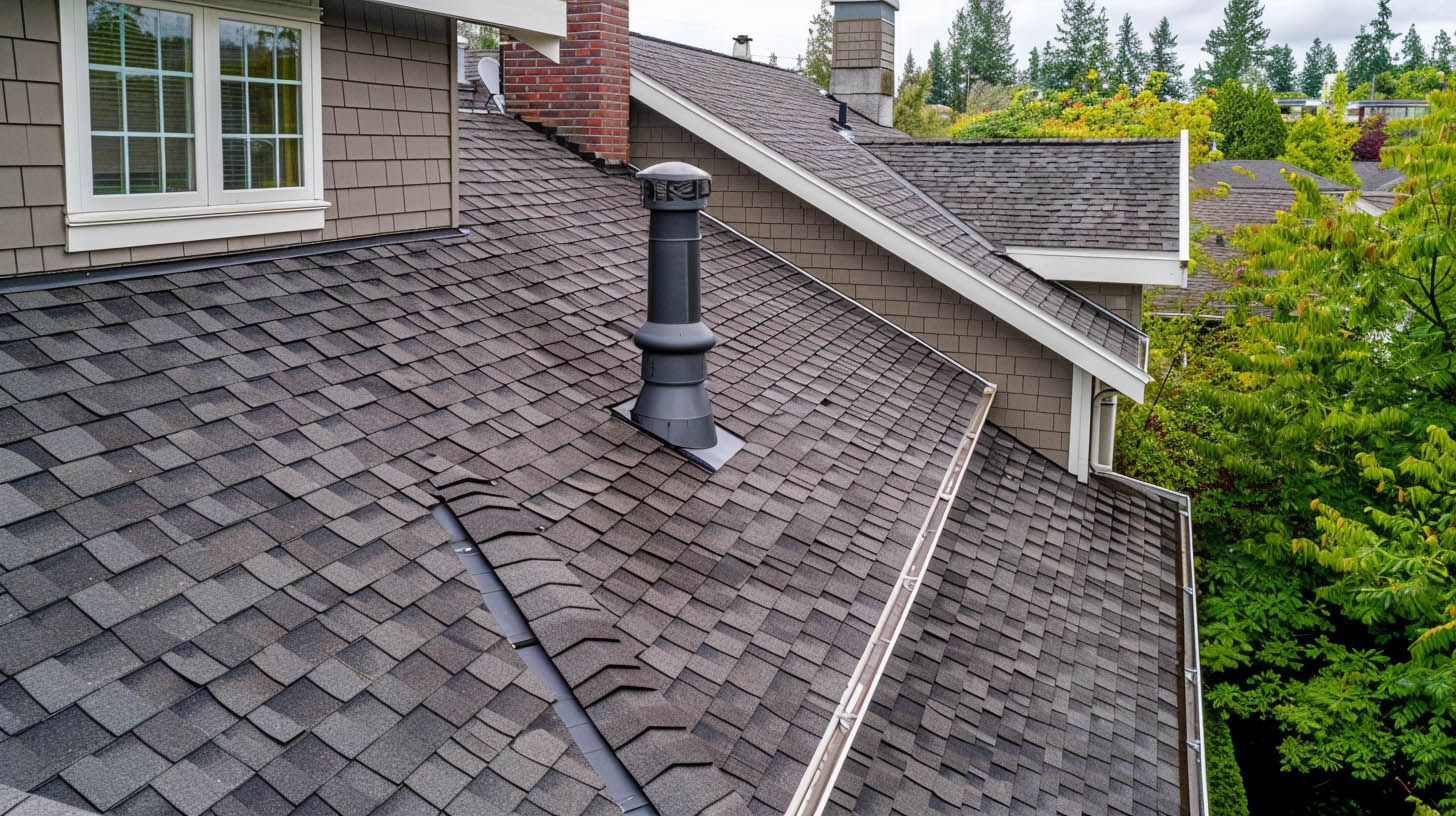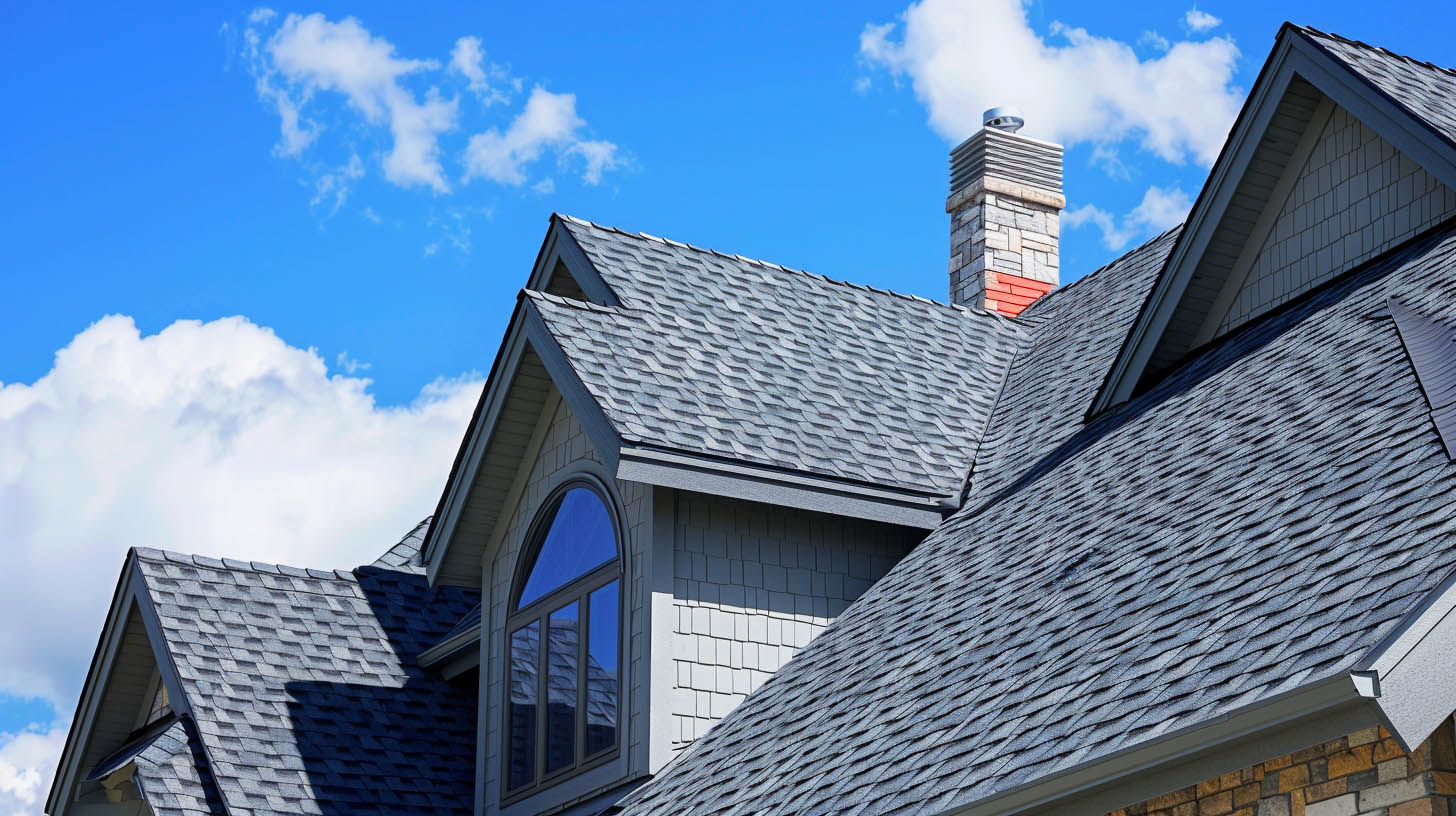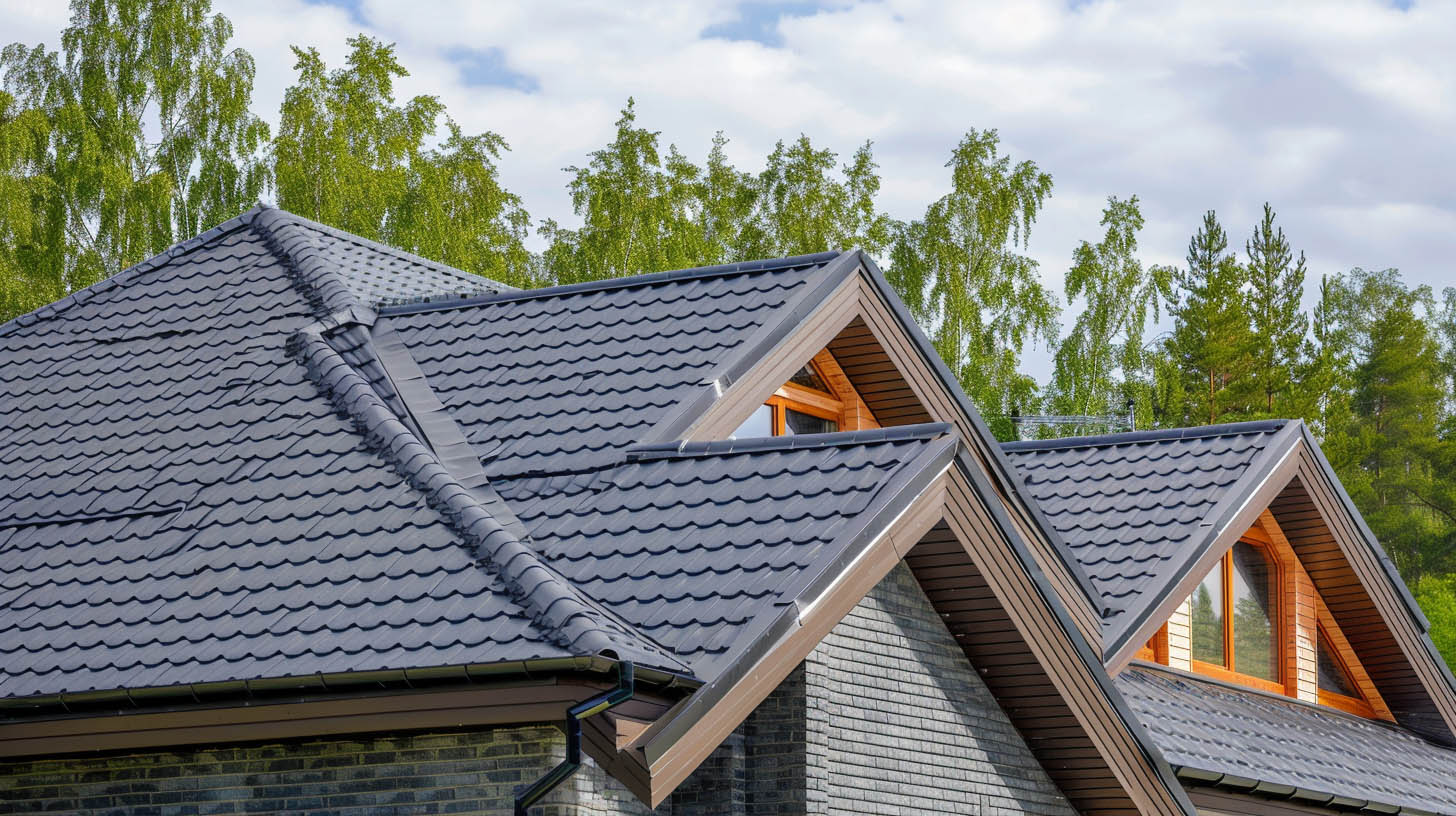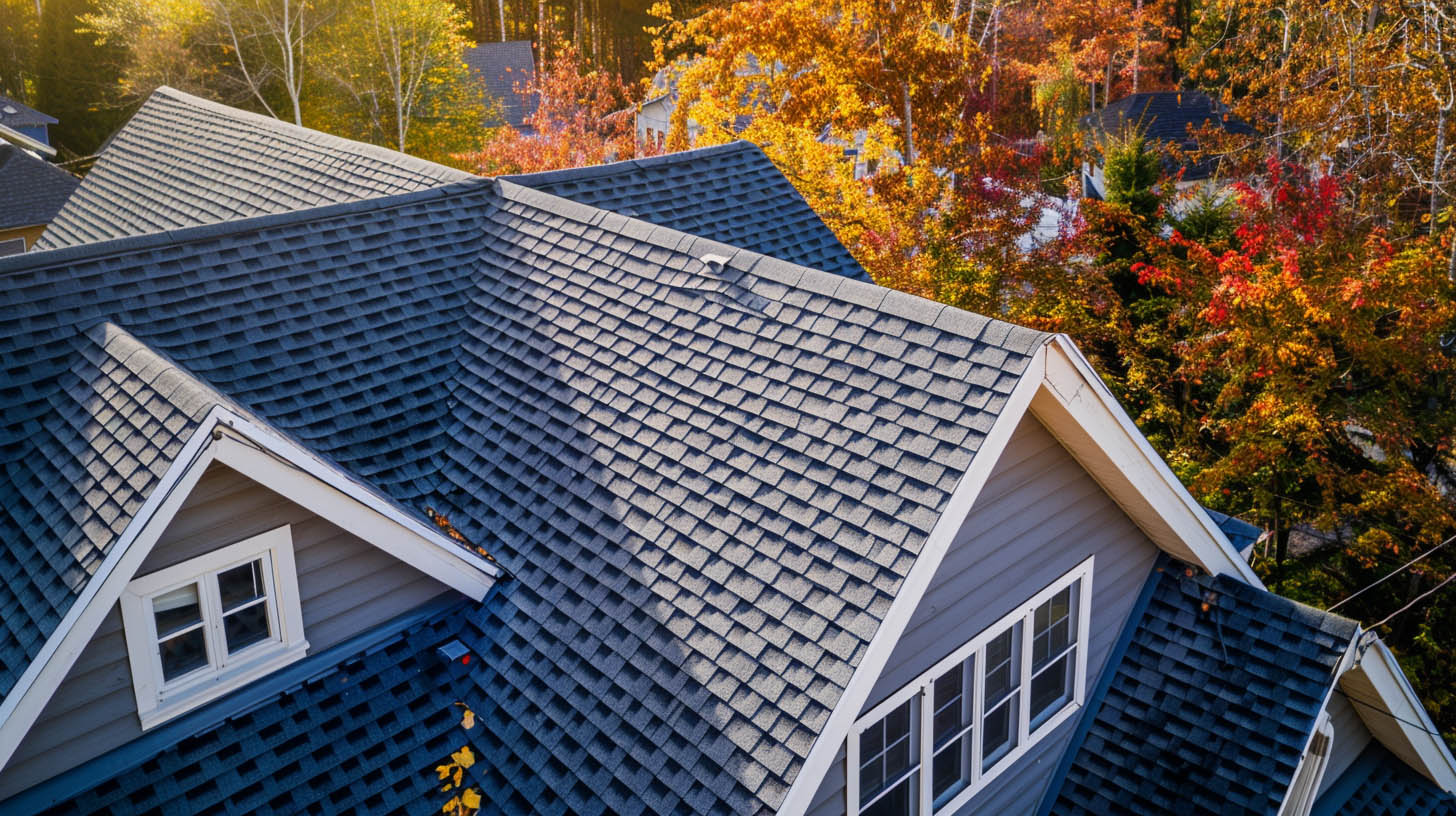The Hidden Cost of Using Cheap Roofing Materials
When it’s time for a new roof, the appeal of low-cost roofing materials is understandable. However, the initial price tag doesn’t tell the whole story. At Boss Roofing Siding Experts, our mission is to keep your family safe and dry, which starts with making informed choices. Investing in quality roofing from the beginning is the best way to protect your home, avoid future stress, and secure your peace of mind.
Why Quality Roofing Materials Matter
Investing in top-tier roofing materials is essential for homeowners in Ottawa, IL, particularly given the region’s harsh weather conditions. Quality roofing materials not only withstand extreme weather but also provide better insulation, enhancing energy efficiency and potentially lowering energy bills. Cheap roofing may lead to critical issues such as water damage and structural problems, necessitating expensive repairs or early replacements. A reliable roofing solution ensures peace of mind and sustains the home’s value, making it a sound investment for both current use and future resale.
Common Problems Caused by Cheap Roofing Materials
Subpar materials often lead to various issues that can compromise both safety and performance. Common problems include missing shingles, leaks, and increased mold growth, especially in harsh weather conditions. Poor workmanship during installation exacerbates these issues, resulting in higher energy bills due to inadequate insulation. As the roof’s lifespan shortens, homeowners may face costly repairs and structural damage, ultimately leading to further financial strain. These hidden costs can quickly outweigh the initial savings of opting for a cheaper roof.

How Budget Choices Lead to Earlier Roof Failures
Opting for budget roofing materials often compromises the integrity and longevity of a roof. Substandard materials can lead to issues like missing shingles and water damage, triggering costly repairs much sooner than expected. Inadequate professional installation amplifies these problems, as poor workmanship may not withstand harsh weather conditions. Ultimately, these savings can turn into hidden costs, significantly diminishing the roof’s lifespan and increasing the likelihood of structural damage over time, which can jeopardize both safety and home value.
The Real Risks Behind Low-Cost Roof Replacements
Opting for low-cost roof replacements can introduce multiple risks that often remain unnoticed until significant damage occurs. Substandard materials and poor installation frequently lead to safety hazards, such as structural damage and potential collapse during extreme weather conditions. Additionally, homeowners may face costly repairs due to water damage, mold growth, and compromised energy efficiency, ultimately diminishing the home’s value. Investing in quality roofing materials ensures long-term protection and peace of mind against these hidden costs often associated with cheaper alternatives.
Safety Hazards and Liability Concerns
Substandard roofing materials often lead to serious safety hazards, posing risks to both the inhabitants and the property itself. Inadequate insulation or improper installation can result in mold growth, energy inefficiency, and even structural damage. Consequently, homeowners may face liability concerns, particularly if a roofing failure leads to injuries or property damage. These potential repercussions outweigh any initial savings, emphasizing the need for quality roofing solutions to ensure both safety and peace of mind for every homeowner involved.
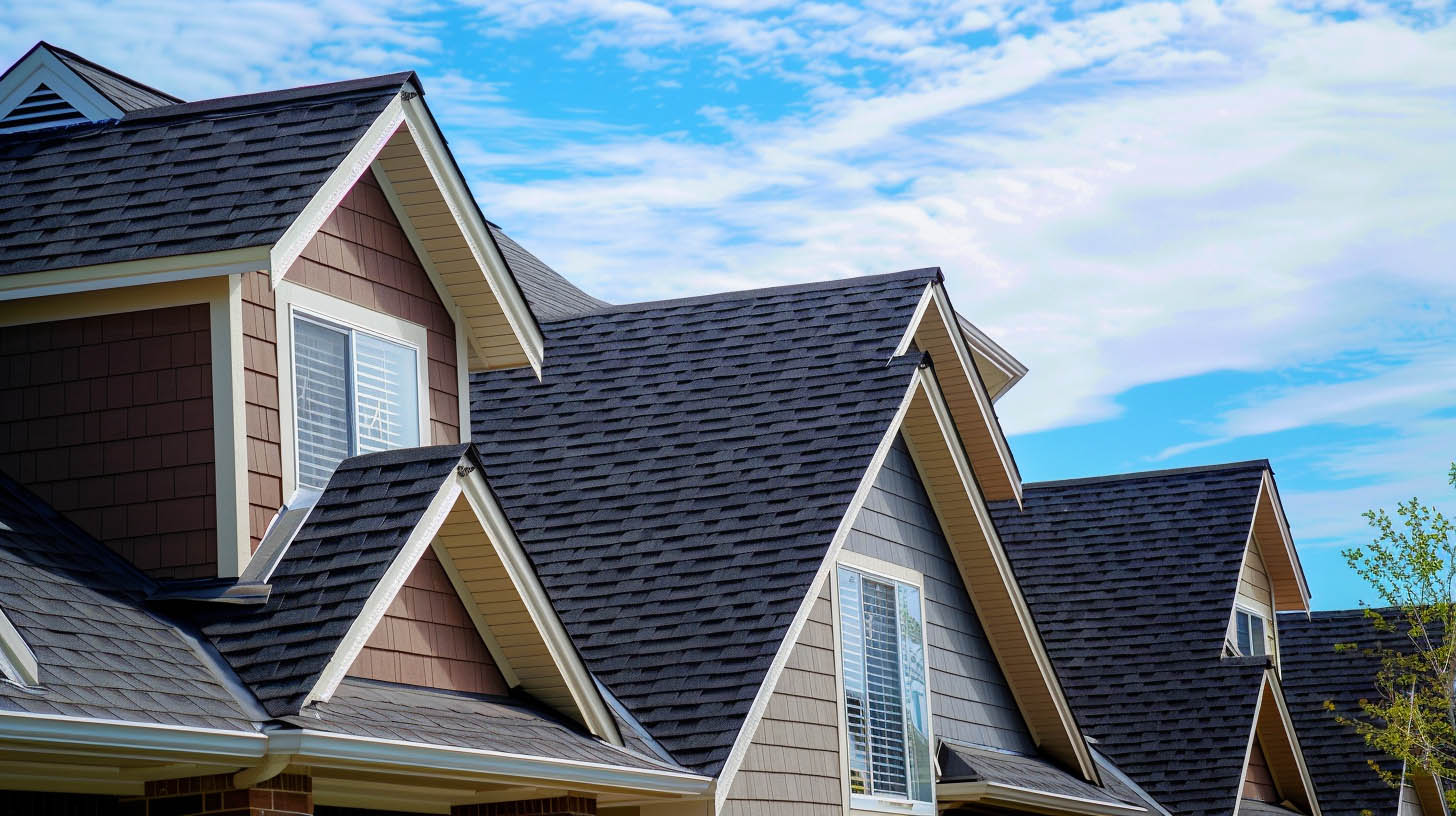
Insurance and Manufacturer Coverage Issues
Investing in subpar roofing materials often translates to complications with insurance and warranties. Many warranties on cheap roofing come with stringent conditions, leaving homeowners unprotected against defects. Additionally, insurance claims may be denied if the materials fail to meet quality standards or manufacturer’s specifications. This can lead to financial burdens when damages occur, as proper coverage may hinge on the choice of roofing materials. Choosing quality roofing options ensures peace of mind, safeguarding against hidden costs and potential liabilities down the line.
Long-Term Expenses Associated with Cheap Solutions
Cheap roofing solutions may seem appealing due to lower upfront costs, but they often lead to significant long-term expenses. Frequent repairs due to substandard materials can substantially increase overall maintenance costs, disrupting your budget and draining resources. Moreover, compromised roofing can diminish a home’s market value, deterring potential buyers and impacting resale potential. The initial savings evaporate quickly when faced with costly repairs, safety hazards, and poor insulation, leaving homeowners with a burden rather than peace of mind.
The Impact of Frequent Repairs
Choosing cheap roofing materials often leads to frequent repairs and ongoing maintenance, which can quickly add up, erasing any initial savings. Substandard roofing systems may exhibit signs of wear, such as missing shingles or water damage, necessitating costly fixes that disrupt your schedule and finances. This cycle not only increases labor costs but also diminishes energy efficiency, resulting in higher utility bills. Ultimately, homeowners face a drain on their budget and peace of mind, compromising the roof’s lifespan and overall home value.

Effects on Home Value
Substandard roofing materials significantly diminish a home’s market value, creating red flags for potential buyers. A poorly maintained roof can lead to visible damages, such as missing shingles and water stains, which detract from curb appeal and overall aesthetics. Additionally, the implications of cheap roofing extend beyond the immediate costs, as homes may require costly repairs or full replacements sooner than expected. Consequently, the long-term financial burden compromises resale potential, making it challenging to attract buyers in a competitive market.
Contact Us
In conclusion, while cheaper roofing materials may seem appealing, they often lead to costly repairs and safety risks. Quality materials protect your home, family, and investment. At Boss Roofing Siding Experts, our GAF Master Elite Contractor status and GAF President’s Club Award reflect our commitment to durable, reliable roofing. Contact us for a quote and ensure your home stays safe and dry.
Frequently Asked Questions
How to pay for a roof when you can’t afford it?
Many reputable roofing contractors offer financing options to help you manage the cost of a new roof without paying all the money upfront. Start by getting a detailed roofing estimate to understand the total cost, then ask about payment plans to make your project more affordable.
What is the cheapest method of roofing?
Asphalt shingles are generally the most affordable roofing material. However, even with a cheaper roof option, it is vital to choose high-quality shingles and ensure proper insulation and installation. This will help you avoid high replacement costs and get the most value from your initial savings.
Read our blog: Understanding the Ice Dam Cycle on Roof Edges


